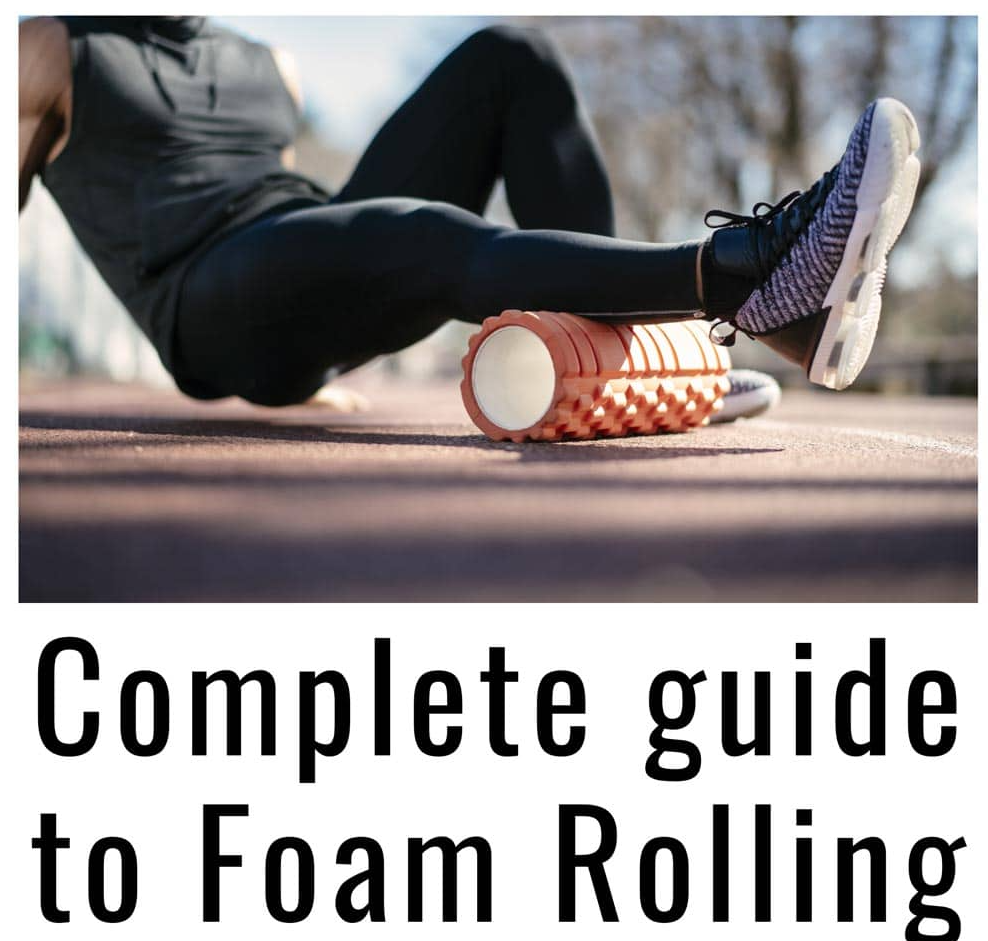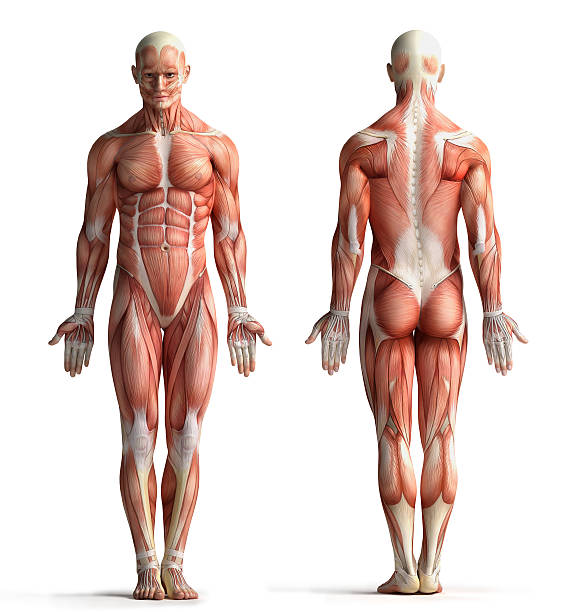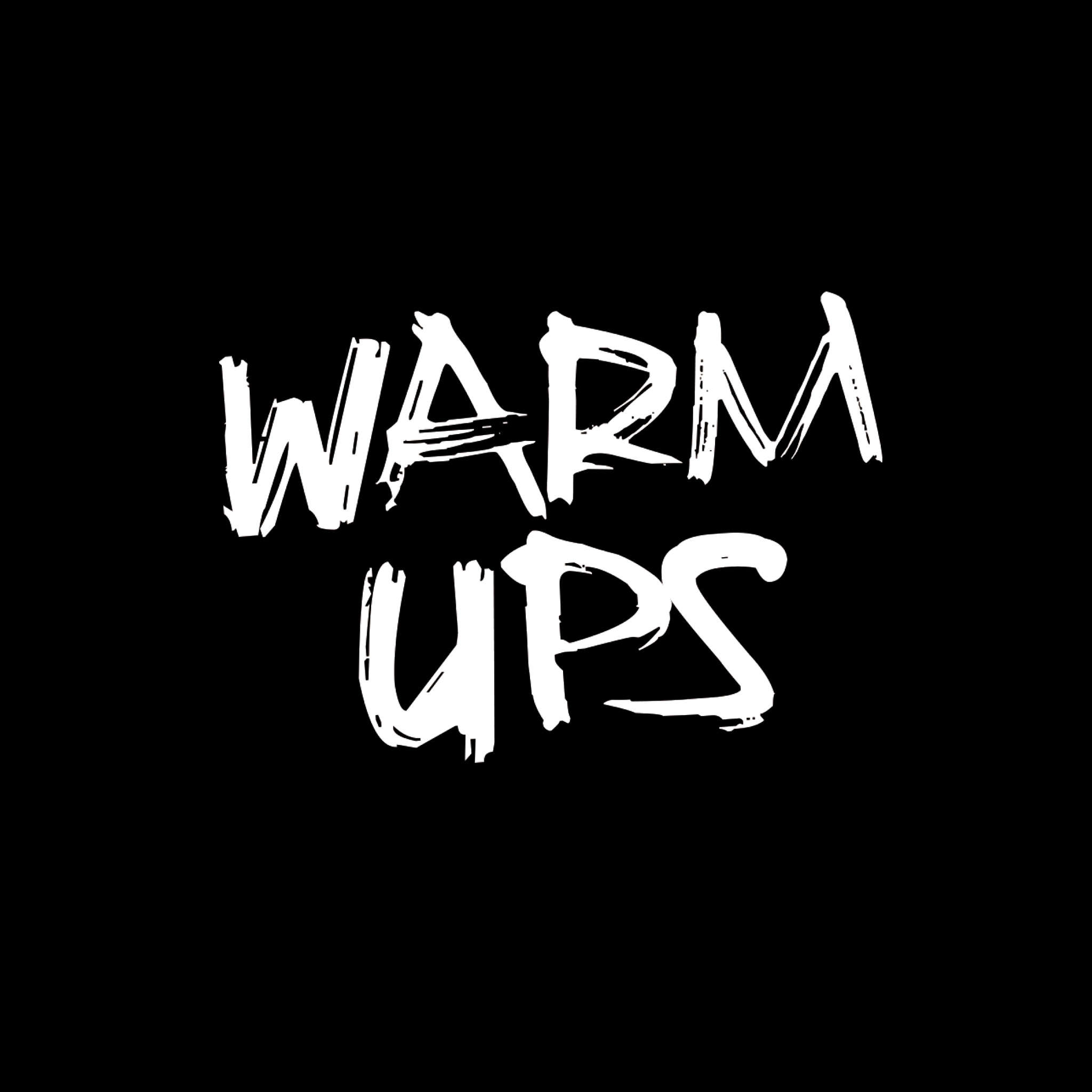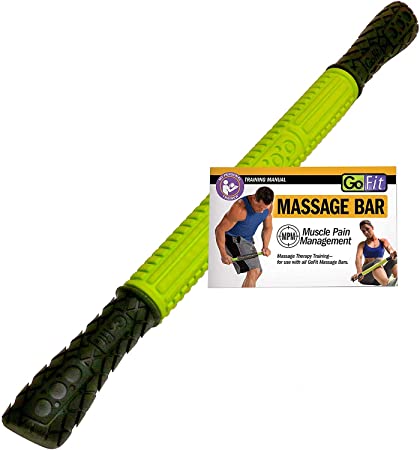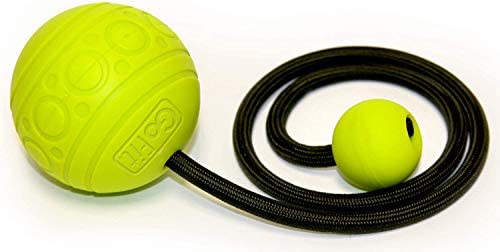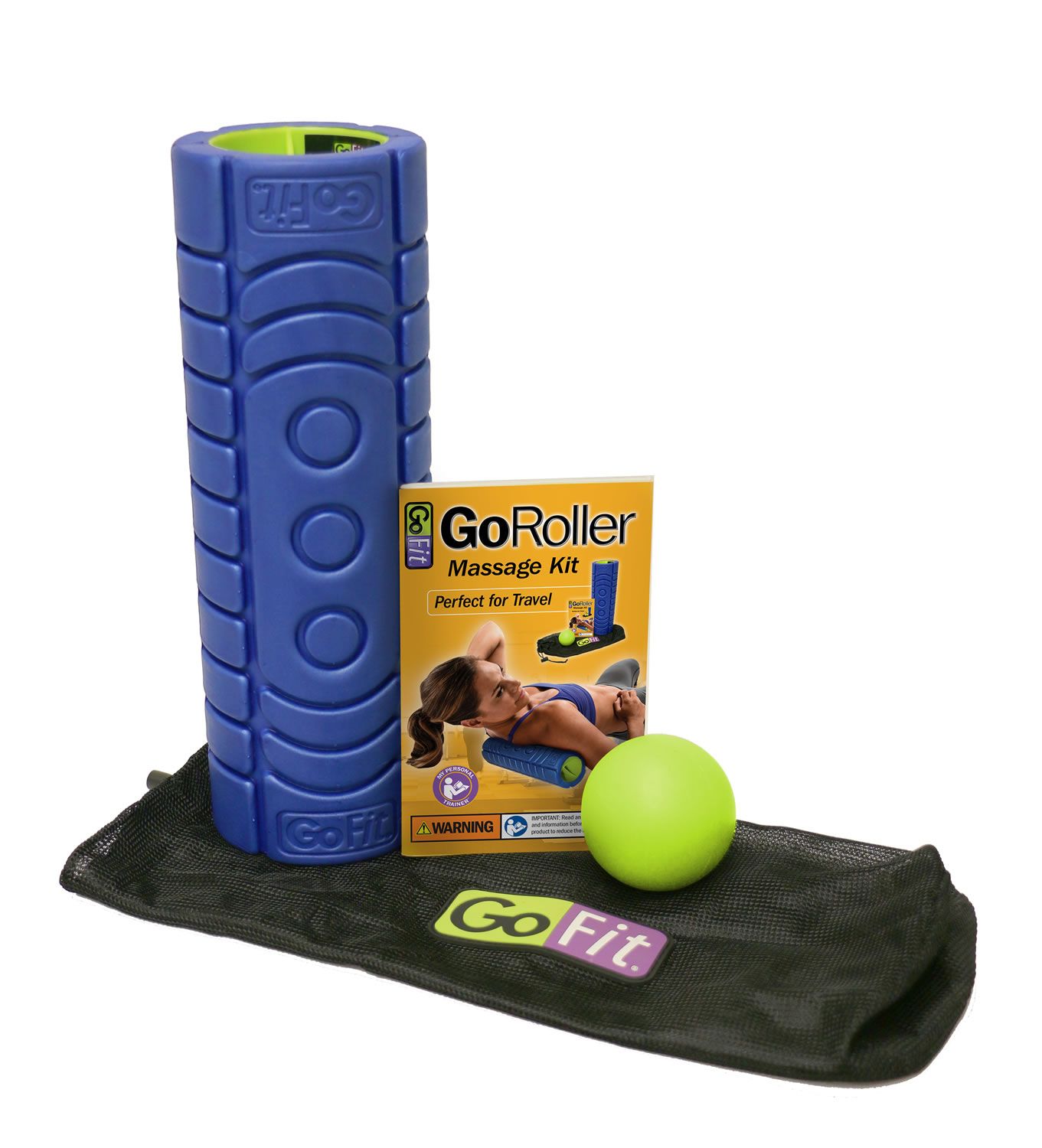WHAT IS SELF-MASSAGE?
Self-massage is a technique, which often implements foam rollers, massage balls, and massage bars (otherwise known as instrument assisted self-massage, or IASM) to induce sweeping and direct pressure upon soft tissue (i.e., muscles); a process, which induces friction, and stretching.1 IASM techniques have gained popularity over time due to their ease of use, affordability, time efficient applicability, and supportive/complementary benefits to registered massage therapy interventions.1(2) Clinical and non-clinical populations have introduced IASM in their training/rehabilitative programs as a means of improving mobility (i.e., joint range of motion), tissue extensibility, reduction of muscle soreness, and potential optimization of agility, strength, and power.2
HOW DOES IASM CONFER BENEFITS?
Wiewelhove et al1(2) theorized that analgesic effects (i.e., reduction in muscle pain) and muscle recovery from IASM may occur due to mediation of nociceptors (sensory neurons that detect painful stimuli) and mechanoreceptors (neurons which control stimulation and relaxation of muscle tissue/tendons). The researchers also postulated that IASM increased local blood flow and trigger point (localized regions of muscle tenderness) breakdowns, contributing to reductions in muscle pain. Finally, IASM is thought to improve perceptions of well-being via decreased arousal levels, increased endorphins, and a parasympathetic (relaxing) response.1(2)
IASM PROTOCOLS BASED ON EVIDENCE
When reviewing research concerning IASM protocols, a lack of homogeneity (i.e., frequency, pressure, sets, reps) between researchers were noted by Debski et al.3 As a means of distilling actionable recommendations from said studies, Debski et al3(36) reviewed 55 research articles which met their inclusion criteria. General recommendations elucidated from said studies included maximum tolerable pressure from IASM (articles focused on foam rolling) ranging between 30-120 seconds for approximately 1 to 3 sets per muscle group.3(36) Finally, each set could be separated by 30 seconds of rest.3(36)
WHAT MUSCLES CAN BENEFIT FROM IASM?
Virtually every muscle can be accessed using rollers, massage bars, and massage balls to include:
- Feet
- Calves
- Anterior thigh
- Posterior thigh
- Anterior hip
- Lateral hip
- Posterior hip
- Low back
- Upper back
- Underarms
- Chest
- Posterior neck
- Lateral neck
WHERE SHOULD IASM BE PLACED IN A PROGRAM?
Considering that IASM can help improve tissue extensibility, mobility, reduction of pain, and improved blood flow, IASM would be best placed at the beginning of an athletic/rehabilitative training program as part of a larger warm-up protocol (i.e., IASM ➡ static/active stretching ➡ dynamic warm-up).1(1)
CONCLUSIONS
IASM is a protocol implementing foam rollers, massage balls, and massage bars to induce sweeping and direct pressure upon soft tissue (i.e., muscles); a process, which induces friction, and stretching. IASM techniques have gained popularity over time due to their ease of use, affordability, time efficient applicability, and supportive/complementary benefits to registered massage therapy interventions. Although IASM does not replace the expertise and/or thorough nature of a Registered Massage Therapist, said protocol could be beneficial as part of a general warm-up within a well-constructed resistance training program. Ultimately, such an approach should help minimize muscular discomfort, support warm-ups, and help reduce risk of injury.
References
1. Wiewelhove T, Doweling A, Schneider C, et al. A meta-analysis of the effects of foam rolling on performance and recovery. Front Physiol. 2019;10(376):1-15. doi: 10.3389/fphys.2019.00376.
2. Kerautret Y, Rienzo FD, Eyssautier C, et al. Selective effects of manual massage and foam rolling on percieved recovery and performance: Current knowledge and future directions toward robotic massage. Front Physiol. 2020;11(598898):1-38. doi:10.3389/fphys.2020.598898.
3. Debski P, Bialas E, Gnat R. The parameters of foam rolling, self-myofascial release treatment: A review of the literature. Biomed Hum Kinet. 2019;11(1):36-46. doi:10.2478/bhk-2019-0005.
-Michael McIsaac



